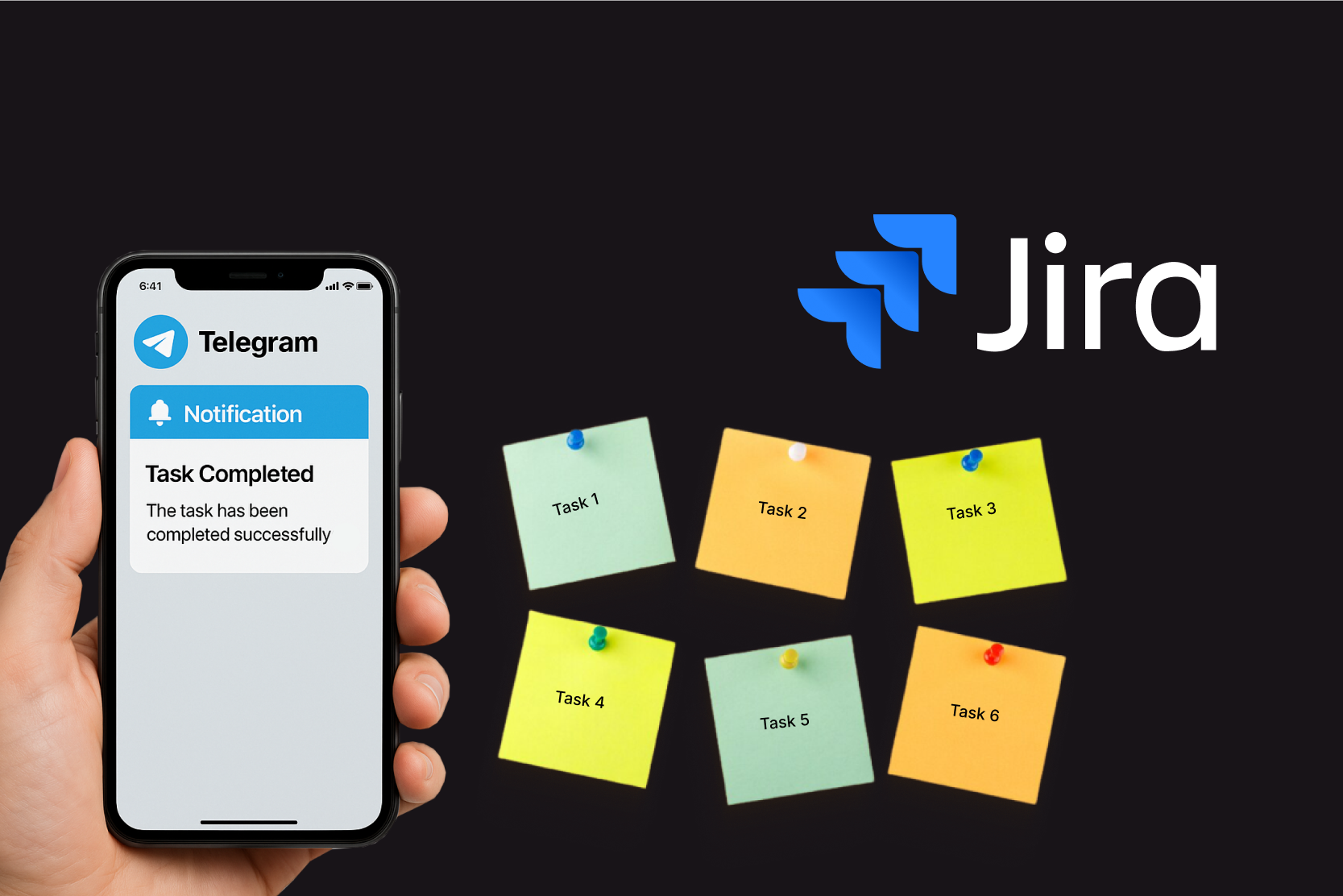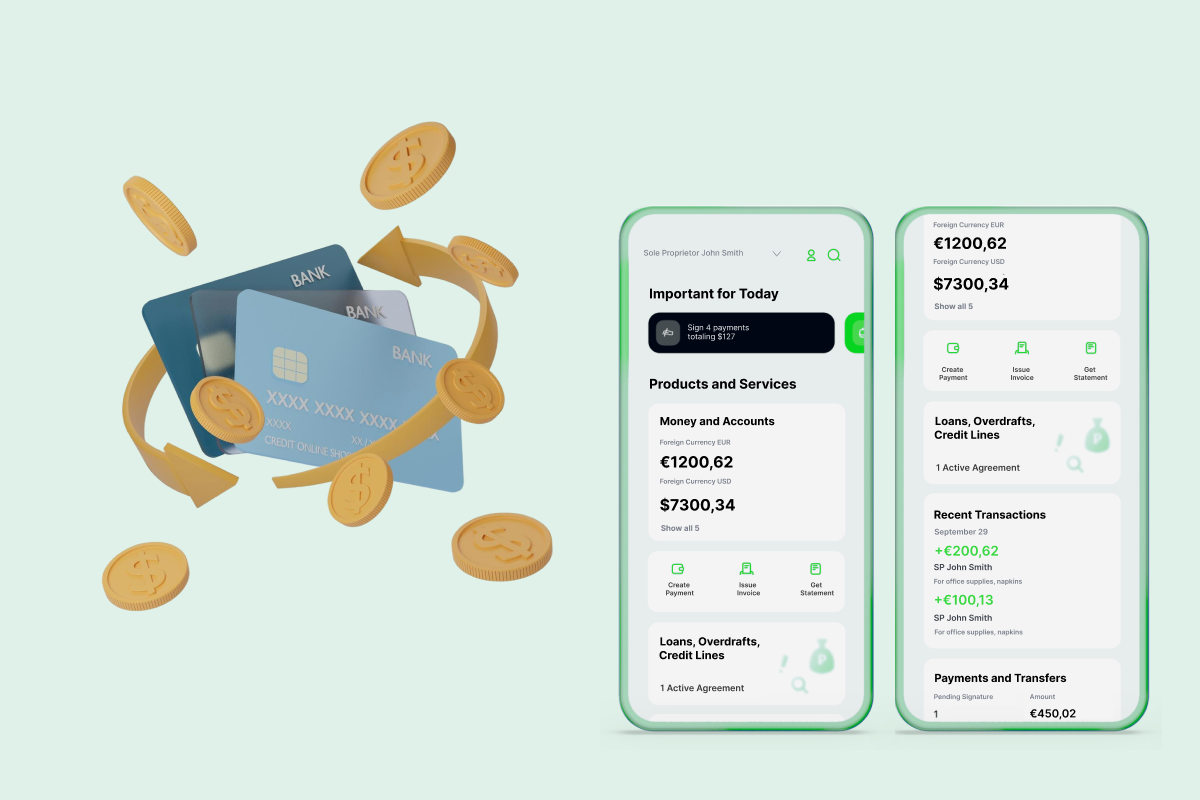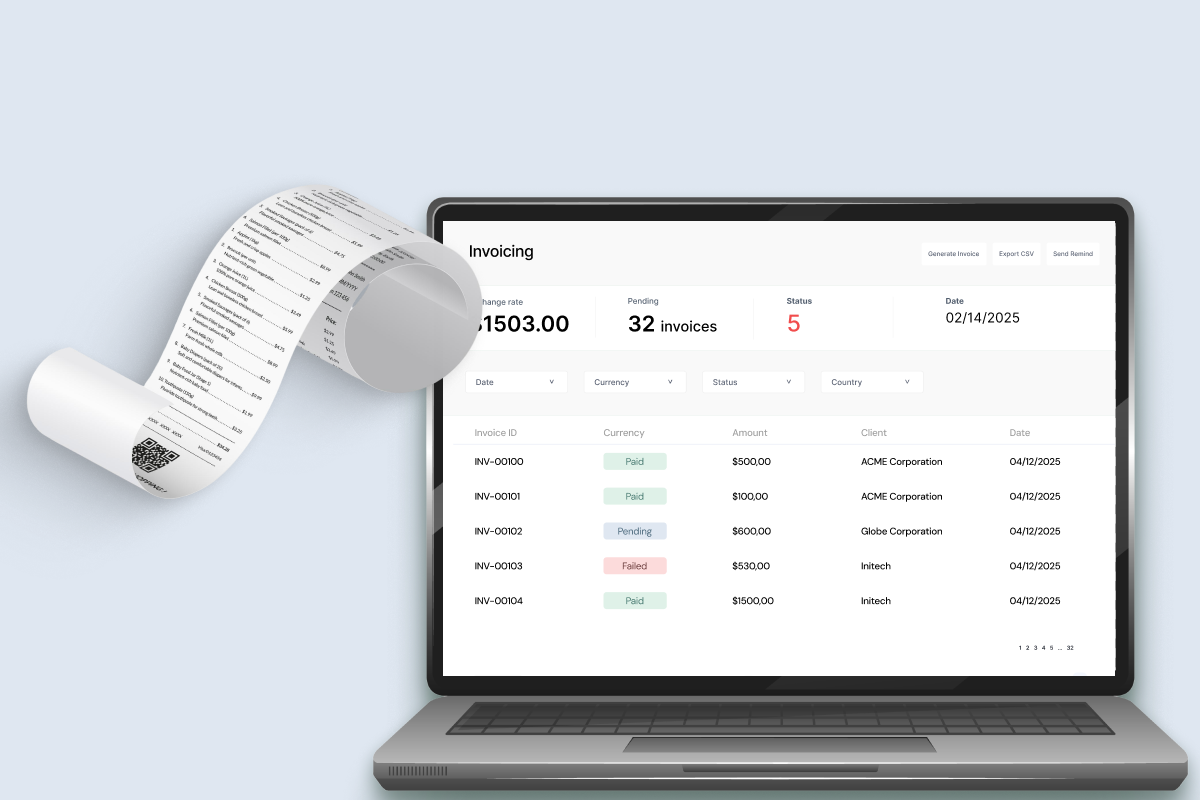All Technologies Used
Motivation
The customer, a leading banking company, struggled to track hundreds of thousands of employees’ performance metrics across multiple departments. The goal was to automate the analysis of incoming financial data and generate personalized recommendations to help employees identify areas for improvement, optimize workflows, and increase overall efficiency while handling large, diverse datasets accurately.
Main Challenges
The banking system included hundreds of thousands of employees and objects with diverse properties, making it difficult to analyze all data accurately. Azati addressed this challenge by designing a robust data collection and processing workflow, ensuring that all user and departmental variations were considered to generate meaningful recommendations.
With over 1000 financial metrics across departments, it was challenging to provide precise and relevant recommendations for each employee. Azati proposed a tailored scoring and ranking system, combined with Airflow-managed workflows, to accurately calculate and analyze metrics while delivering actionable, personalized recommendations for each department and employee.
Our Approach
Want a similar solution?
Just tell us about your project and we'll get back to you with a free consultation.
Schedule a callSolution
Automated Data Collection
- Daily automated data extraction
- Data cleaning and normalization
- Prioritization of recent and relevant metrics
- Support for multiple database types including PostgreSQL and Teradata
Metrics Calculation and Analysis
- Computation of diverse financial and operational metrics
- Ranking and weighting of metrics based on relevance
- Department-specific analysis for precise recommendations
- Continuous metric updates for real-time insights
Personalized Recommendation Engine
- Employee-specific recommendations
- Departmental performance alignment
- Actionable suggestions to improve workflow
- Automatic updates with new data inputs
Airflow Workflow Management
- Directed Acyclic Graph (DAG) workflow orchestration
- Task scheduling, monitoring, and error handling
- Scalable and repeatable processing pipelines
- Seamless integration with data sources and recommendation engine
Dashboard Visualization
- Clear visualization of employee performance metrics
- Prioritized recommendation presentation
- Department-wide performance tracking
- Support for actionable decision-making
Business Value
Improved Employee Performance: Employees receive actionable, personalized recommendations, allowing them to optimize workflow and enhance productivity.
Enhanced Operational Efficiency: Managers can make data-driven decisions, monitor department performance, and identify improvement areas quickly.
Scalable and Reliable System: Airflow-based workflows ensure timely processing of large datasets with minimal errors, improving system reliability and performance by 30–45%.
Data-Driven Insights: Continuous analysis of over 1000 metrics provides actionable insights, supporting performance optimization and strategic planning across departments.









